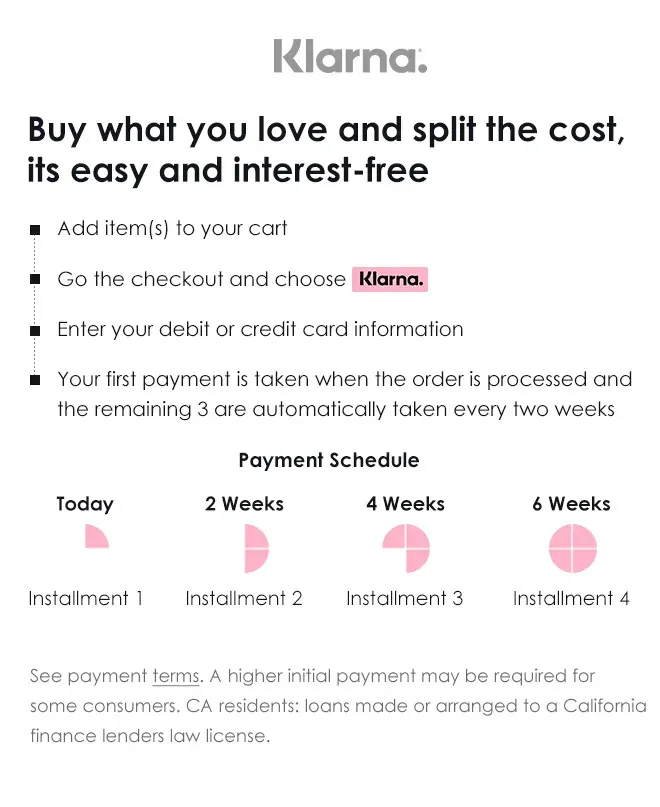How to Cut a Wig: A Step-by-Step Guide for Beginners
Here’s a complete step-by-step guide on how to cut a wig for beginners — whether you’re trimming the ends, adding layers, or shaping bangs, this tutorial will help you do it safely and beautifully at home.

Why Cut a Wig Yourself?
Cutting your wig allows you to:
-
Customize the shape to fit your face.
-
Refresh old wigs with split or frizzy ends.
-
Try a new style (like a bob, layers, or bangs).
-
Save time and money compared to salon visits.
What You’ll Need
Before starting, prepare the right tools:
| Tool | Purpose |
|---|---|
| Wig stand or mannequin head | Keeps your wig stable while cutting. |
| Sharp haircutting scissors | Ensures a clean, smooth cut (never use kitchen scissors). |
| Clips or sectioning comb | Helps you part and section hair evenly. |
| Wide-tooth comb or detangling brush | Smooths out tangles before cutting. |
| Spray bottle with water | Slightly dampens the hair for better control. |
| Razor comb (optional) | Adds soft, natural-looking layers. |
Step-by-Step: How to Cut a Wig
Step 1: Place and Secure the Wig
Mount your wig on a mannequin head or wig stand and pin it down securely.
👉 Tip: If it’s a lace front wig, pin around the lace carefully to avoid tearing.
Step 2: Detangle and Section
-
Gently comb through the wig to remove knots.
-
Divide it into manageable sections using clips — usually top, sides, and back.
This helps you work evenly and prevents mistakes.
Step 3: Decide the Length
Put the wig on and mark where you want the cut to end.
-
Use clips or a small hair tie as a visual guide.
-
Take it off again before cutting — cutting while it’s on your head can make it uneven if you move.
Step 4: Trim the Ends
Start with small snips!
-
Hold a small section of hair between your index and middle finger.
-
Cut vertically (point cutting) into the ends instead of straight across — this makes the ends look soft and natural.
-
Work section by section until all ends are even.
Step 5: Add Layers (Optional)
If you want a layered look:
-
Comb a front section forward.
-
Hold it at a 45° angle and trim slightly shorter toward the top.
-
Repeat on both sides to keep balance.
You can use a razor comb for a feathered effect.
Step 6: Cut Bangs (Optional)
To cut bangs or fringe:
-
Isolate a triangular section at the front.
-
Twist the hair once in the middle (for a soft curve).
-
Cut below your desired length — bangs bounce up when dry.
-
Trim little by little until you like the look.
Step 7: Check the Balance
-
Step back and look at the wig from all angles.
-
Adjust any uneven areas carefully.
-
Comb through again to make sure layers blend smoothly.
Step 8: Style the Wig
Style your wig as usual — blow-dry, straighten, or curl.
Styling helps reveal the final look and any small uneven areas that need a touch-up.
Pro Tips for Cutting a Wig
-
Always cut less than you think — you can trim more later.
-
For curly or wavy wigs, cut the hair dry to see the true length and curl pattern.
-
For straight wigs, cut the hair slightly damp for precision.
-
Use hair thinning shears if you want a lighter, softer volume.
-
Keep the scissors angled for a natural flow, not harsh blunt lines (unless you want a bob).
Beginner-Friendly Wig Cuts to Try
-
Blunt Bob Cut – Easiest for beginners; just cut straight across at chin or shoulder length.
-
Face-Framing Layers – Lightly trim near the jawline to accentuate your face shape.
-
Curtain Bangs – Soft, middle-part bangs that blend beautifully with long wigs.
-
Shoulder-Length Lob – Timeless and flattering for most face shapes.
Final Thoughts
Cutting a wig may be a satisfying experience, allowing you to manage your style and ensure a great fit. With the correct tools and procedures, you can get a professional-looking haircut at home. Remember to take your time, make minor changes, and enjoy the experience.







